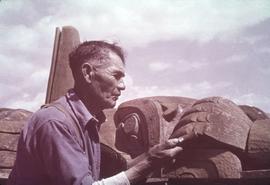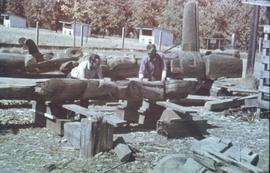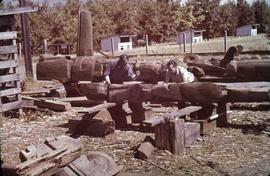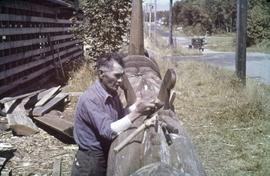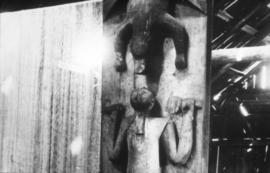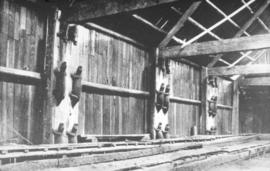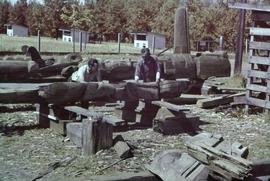File consists of reports of the museum's activities from 1947 onward. These reports were generally produced at the end of each fiscal year beginning in 1978. Most reports cover a single year, while some span multiple years. In some years, multiple reports were produced. The file does not contain reports for the fiscal years ending in 1992, 1996, 1997, 1998, 2000, 2001, 2002, 2004, 2005, 2006, 2008, 2013, 2014, 2017, or 2018.
The reports in this file give information on the museum's activities, attendance, administration, funding, renovations, security, volunteer associates, curatorial work, exhibitions, acquisitions and donations, interactions with the university, outreach, programs such as the Native Youth Project and the Prison Outreach Program, educational activities, marketing, VIP visitors, and special events, among other topics.

